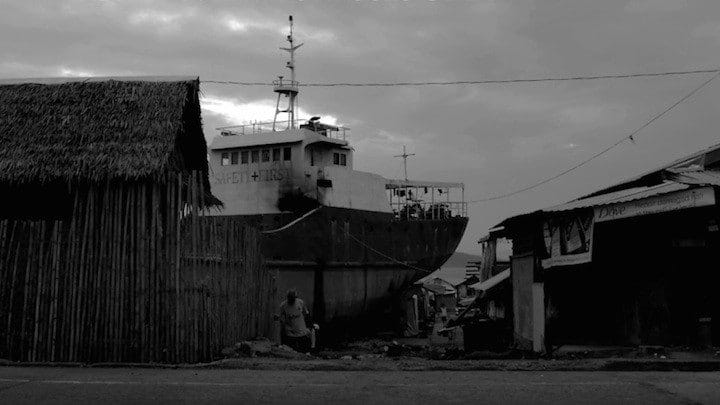‘Storm Children, Book One’ Is a Slow, Restrained Revelation in the Wake of a Natural Disaster

Lav Diaz is a filmmaker who takes his time. Storm Children, Book One is among his shortest features, clocking in at a mere 143 minutes. Yet this newest project is not nearly as briskly paced as last year’s Norte, the End of History despite being almost two full hours shorter. In this case the Filipino auteur has chosen to be remarkably careful, slowing …


